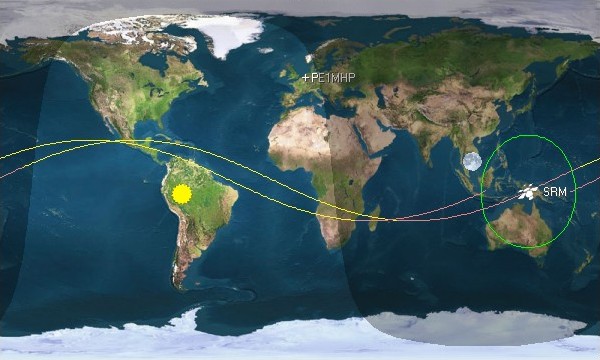NASA file image acquired September 11, 2005
To view a video of this event go here: Play Video
From space, the aurora is a crown of light that circles each of Earth’s poles. The IMAGE satellite captured this view of the aurora australis (southern lights) on September 11, 2005, four days after a record-setting solar flare sent plasma—an ionized gas of protons and electrons—flying towards the Earth. The ring of light that the solar storm generated over Antarctica glows green in the ultraviolet part of the spectrum, shown in this image. The IMAGE observations of the aurora are overlaid onto NASA’s satellite-based Blue Marble image. From the Earth’s surface, the ring would appear as a curtain of light shimmering across the night sky.
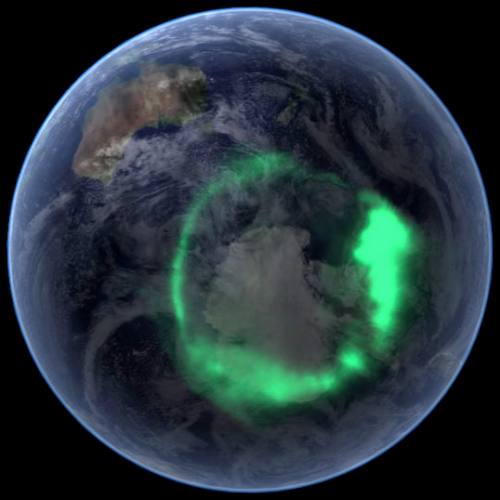
Like all solar storms, the September storm distorted the shape of the magnetic field that surrounds the Earth. Without buffeting from the solar wind (charged particles like protons and electrons that are ejected from the Sun), the Earth’s magnetic field would look something like a plump doughnut, with the North and South poles forming the slender hole in the center. In reality, the nearly constant solar winds flatten the space side of the “doughnut” into a long tail. The amount of distortion changes when solar storms, such as the flare on September 7, send stronger winds towards the Earth. Changes to the magnetic field release fast-moving particles, which flow with charged particles from the Sun towards the center of the “doughnut” at the Earth’s poles. As the particles sink into the atmosphere, they collide with oxygen and nitrogen, lighting the sky with Nature’s version of neon lights, the aurora.
Source: NASA/Goddard Space Flight Center Scientific Visualization Studio.
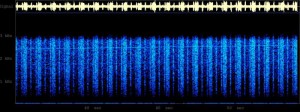 This is one of the spectrograms that I have made the last couple of days, but no idea if it is from prospero. We will try again the next couple of days. Downlink frequentie 137.560 MHz and PCM modulated signal.
This is one of the spectrograms that I have made the last couple of days, but no idea if it is from prospero. We will try again the next couple of days. Downlink frequentie 137.560 MHz and PCM modulated signal.
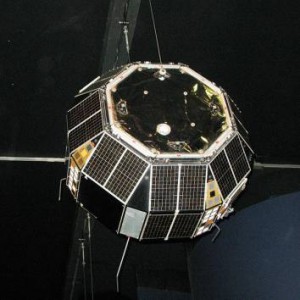 A team in the UK are trying to re-contact an old British launched satellite for the anniversary of its launch (28th October 1971). We’ve been given a licence to transmit and will be testing our re-engineered ground-segment in the next fortnight. The passes we are going to concentrate on will be as far out west as possible, as to minimise QRM from Europe.
A team in the UK are trying to re-contact an old British launched satellite for the anniversary of its launch (28th October 1971). We’ve been given a licence to transmit and will be testing our re-engineered ground-segment in the next fortnight. The passes we are going to concentrate on will be as far out west as possible, as to minimise QRM from Europe.
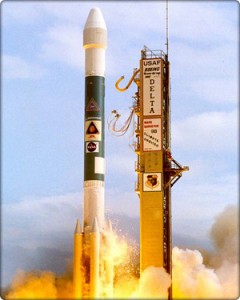
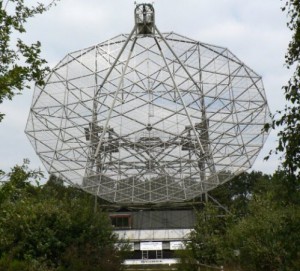 During the Jamboree on the Air, PI9CAM will be active mainly on RX. We will run the WebSDR on 70 cm and on 23 cm. On 70 cm several small 70 cm JOTA stations will try to see their signal on the moon via our
During the Jamboree on the Air, PI9CAM will be active mainly on RX. We will run the WebSDR on 70 cm and on 23 cm. On 70 cm several small 70 cm JOTA stations will try to see their signal on the moon via our 